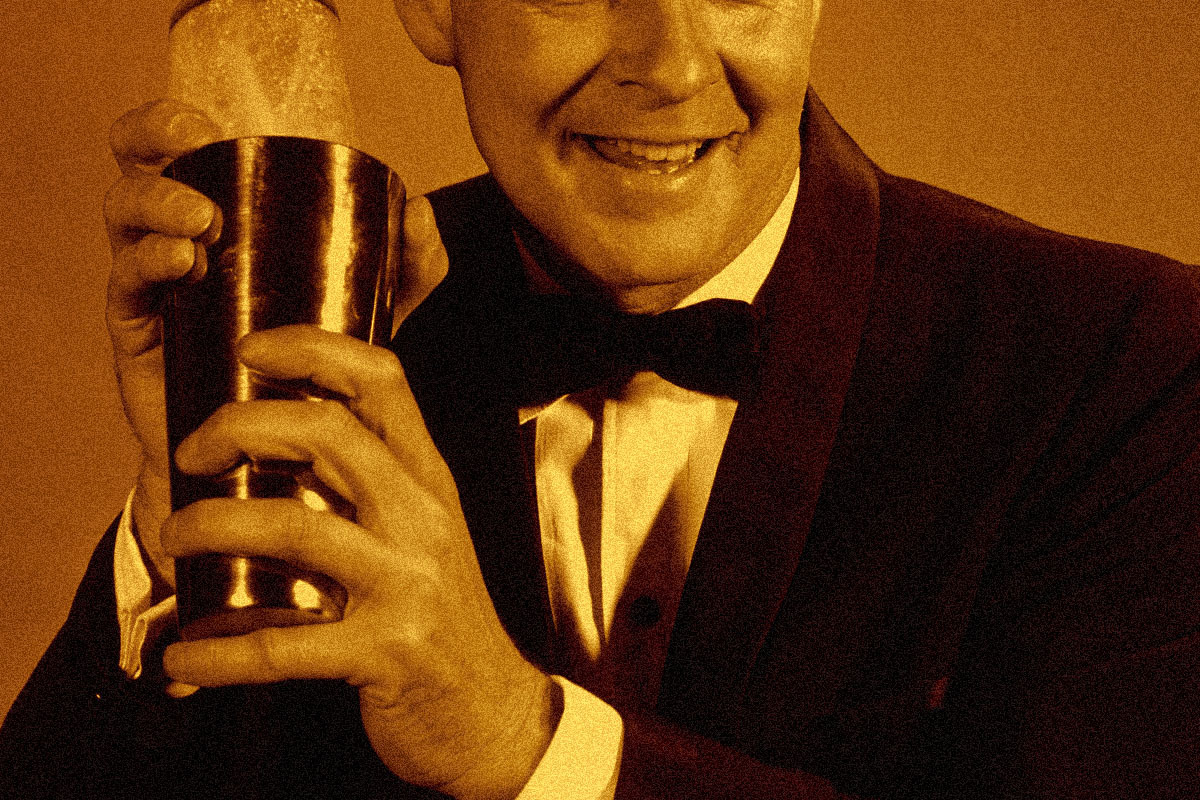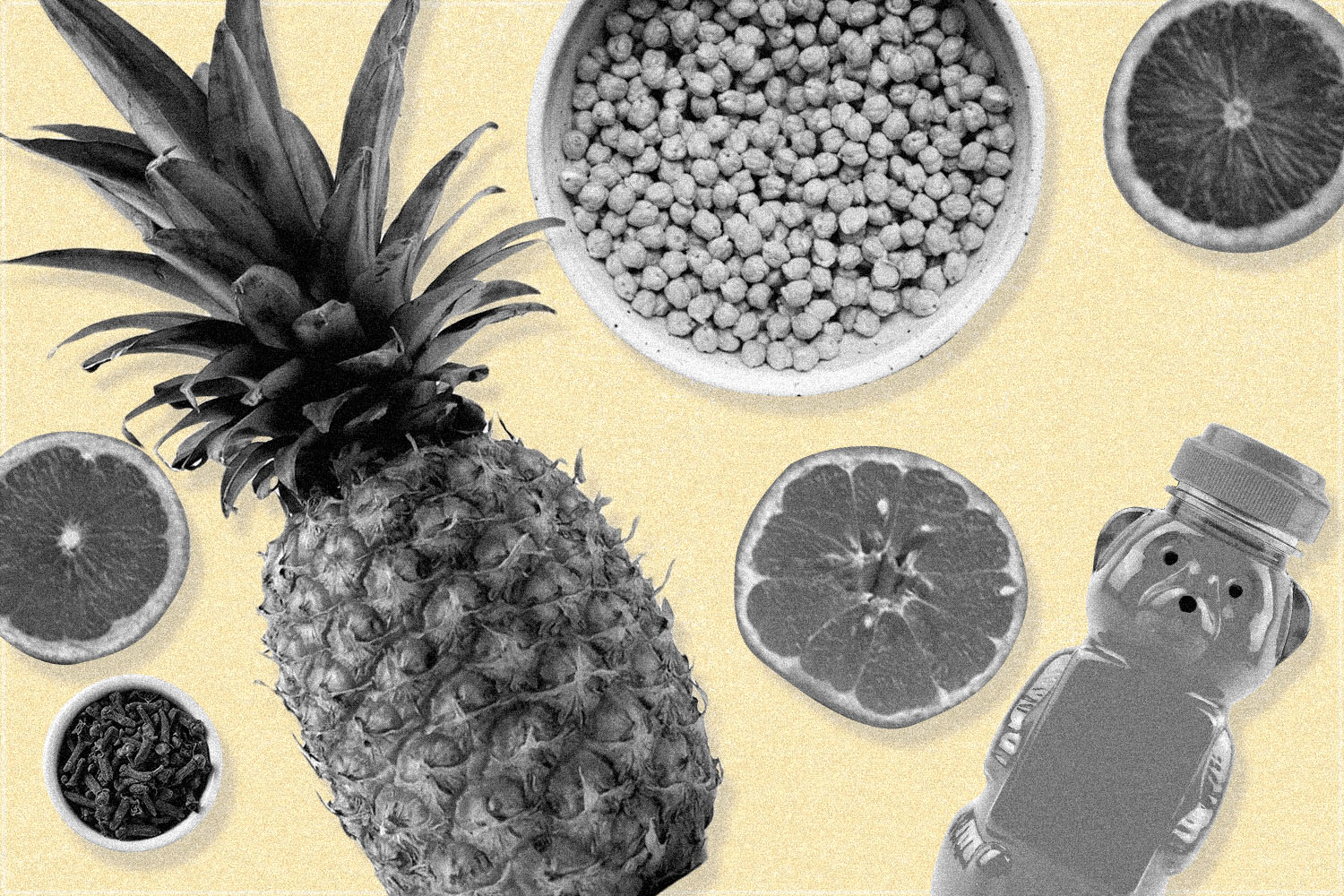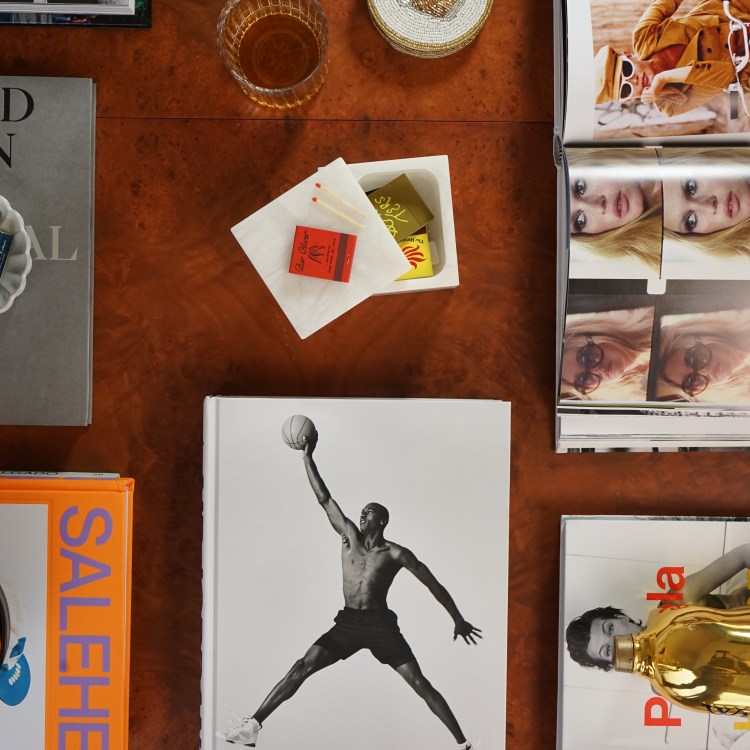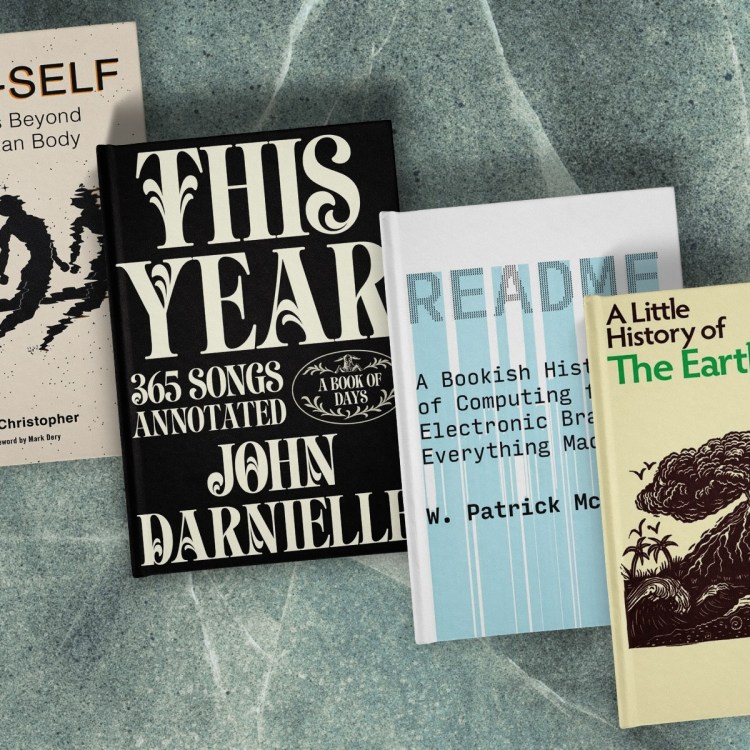Nota bene: All products in this article are independently selected and vetted by InsideHook editors. If you buy something, we may earn an affiliate commission.
“If you can shake, strain, stir and turn on a blender, you can make great cocktails.”
With Shake Strain Done: Craft Cocktails at Home, James Beard Award-winning author J.M. Hirsch — the editorial director of Christopher Kimball’s Milk Street, a Boston-based multi-media foodie publication and cooking school — wants to take the fuss out of at-home bartending. It’s an ideal, easy-to-follow and obviously delicious recipe book ideally suited for cold winters and, well, pandemic lockdowns.
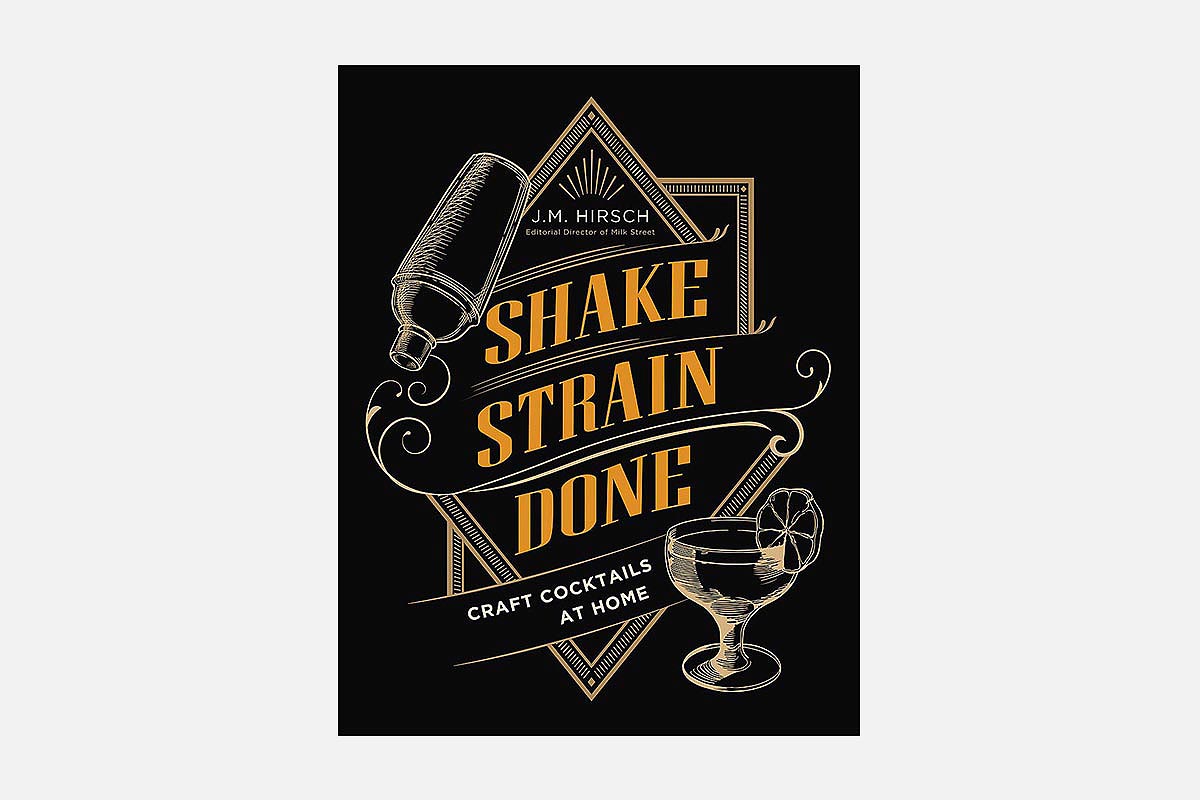
Below, a conversation with Hirsch (who made cocktails for Stephen Colbert’s show on election day) and a recipe for his favorite stay-at-home cocktail, plus the really simple secrets to adding flavor to your favorite drinks.
InsideHook: What made you interested in working on a drinks book?
J.M. Hirsch: It was all about making craft-quality cocktails approachable at home. One of the wonderful parts of my job as editorial director of Milk Street is that I get to travel the world to learn about food and drink. My favorite thing to do in every new city I explore is to check out the best bars. I love interrogating the bartenders to learn the tips, tricks, techniques and ingredient combinations that elevate their cocktails and separate them from the sorts of cocktails most of us make at home. It’s fascinating, but also frustrating, because much of what they do isn’t practical for home bartending.
So when I decided to write a cocktail book, it was important to me that I distill down the best parts of high-end mixology to the elements that also work at home. It meant working with a limited, core repertoire of liquors.
Second, it meant relying on simple techniques and common equipment. The best part of a home bartending hobby is that you can equip a home bar with all the equipment you need for about $40.
Finally, it was important to me to craft a language around cocktails that we can taste. Unfortunately, too many cocktail recipes and cocktail menus are written by mixologists for mixologists. If you read about a cocktail that calls for Crème de Violette, Bénédictine and burdock root bitters, it’s difficult to know what to expect from the glass. So I focused on the spectrum of flavor characteristics that can be used to describe just about any cocktail. Terms like refreshing, sweet, bitter, strong, warm and creamy. Those words also help you explore other cocktails with similar profiles that you might not otherwise have been willing to try.
The best part of a home bartending hobby is that you can equip a home bar with all the equipment you need for about $40.
— J.M. Hirsch
Was anything in the book influenced by the last 7-8 months?
I actually finished the book just before the pandemic hit the United States. That said, a year when most of us are forced to drink only at home does seem like a particularly good time to come out with a craft cocktail book aimed at home bartending. However, I do truly miss the pleasure of going to a great bar, sitting and chatting with the bartender, watching them craft a beautiful drink and enjoying it in their environment. I do hope we can pull out of this soon and start supporting these people whose creations we all enjoy so much.
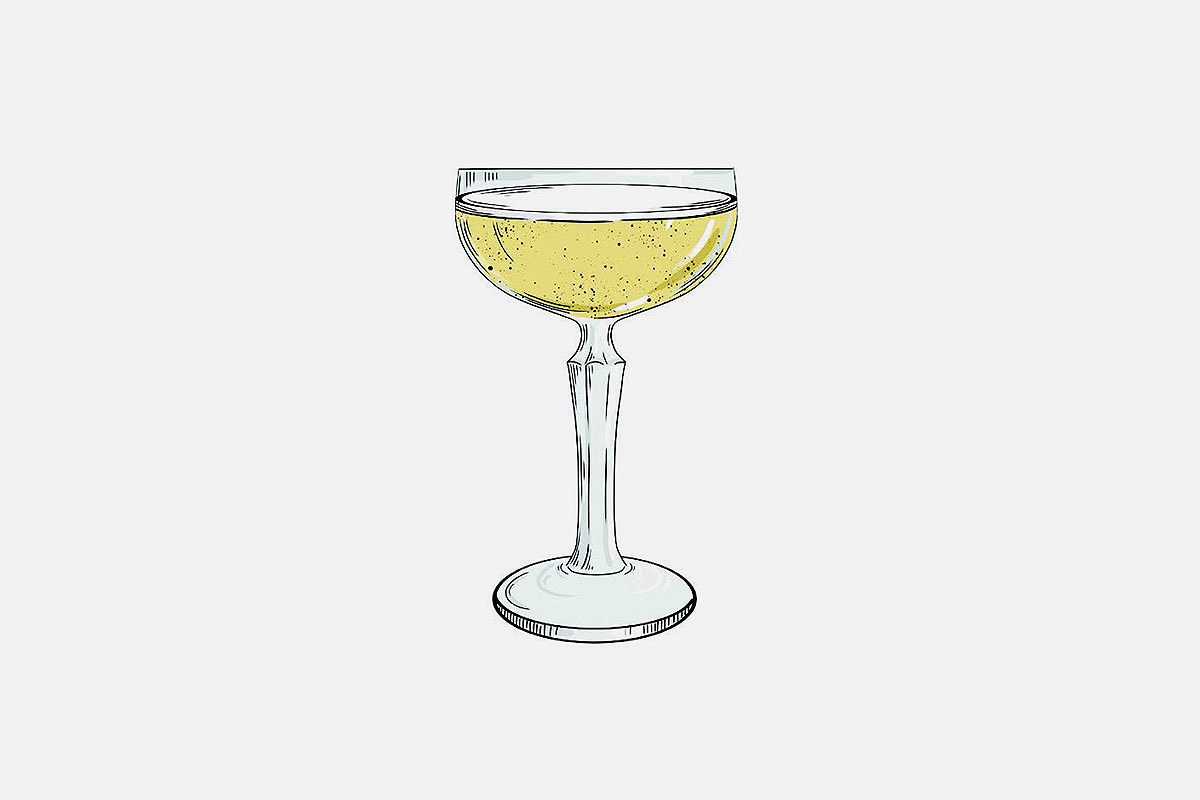
Was there a particular bar or bartender who influenced you?
It’s hard to narrow it down to just one bar or one bartender, but I was greatly influenced by the mixology occurring these days in London. I was there last December, and ver the course of three or four nights, my husband and I visited every one of the top bars. It was nothing short of amazing.
When putting this together, what was the most surprising thing you learned about making cocktails?
Be unafraid of chasing flavor. Bartenders will chase flavor in any direction, be it savory, sweet, sour, bitter, whatever. They go after flavor wherever they can find it, and they combine it in ways that most of us never think about. I had never had miso in a cocktail before. I never had tahini in a cocktail before. Or avocado. I had never considered infusing Cognac with coffee grounds.
You’ve written a lot about food and making food preparation easier. Was there anything from that world you applied to the drinks world?
Salt. There’s a reason we salt our food. Without salt, our food tastes flat. Turns out it’s the same with cocktails. At high-end bars, it’s not uncommon to see mixologists using droppers full of saline to add salt to their cocktails. This is because just as in food, in cocktails salt will heighten, round out and elevate all the other flavors. That’s not to say that the cocktail will taste salty. It doesn’t. But cocktails can taste flat when they don’t have salt the same way that food can.
And I’ve found it’s not necessary to use saline solution. I find that adding just a few granules of kosher salt to the shaker or the stirring glass is fine. You never will taste the salt, but you will taste the difference in the finished cocktail. It’s transformative.
What’s the most underrated or overlooked ingredient, tool or spirit for the home bartender?
Bitters, which now come in about a million flavors, are the easiest way to play with the flavor profile of a cocktail. What I love about them is that they allow you to add the essence of a flavor without altering any other aspect of the cocktail. For example, if I wanted to add orange flavor to a cocktail and added it via orange juice or a wedge of fresh orange, I would alter the acidity, sweetness and the volume of the finished cocktail. Orange bitters, however, allow me to add the essence of orange without altering any of those properties.
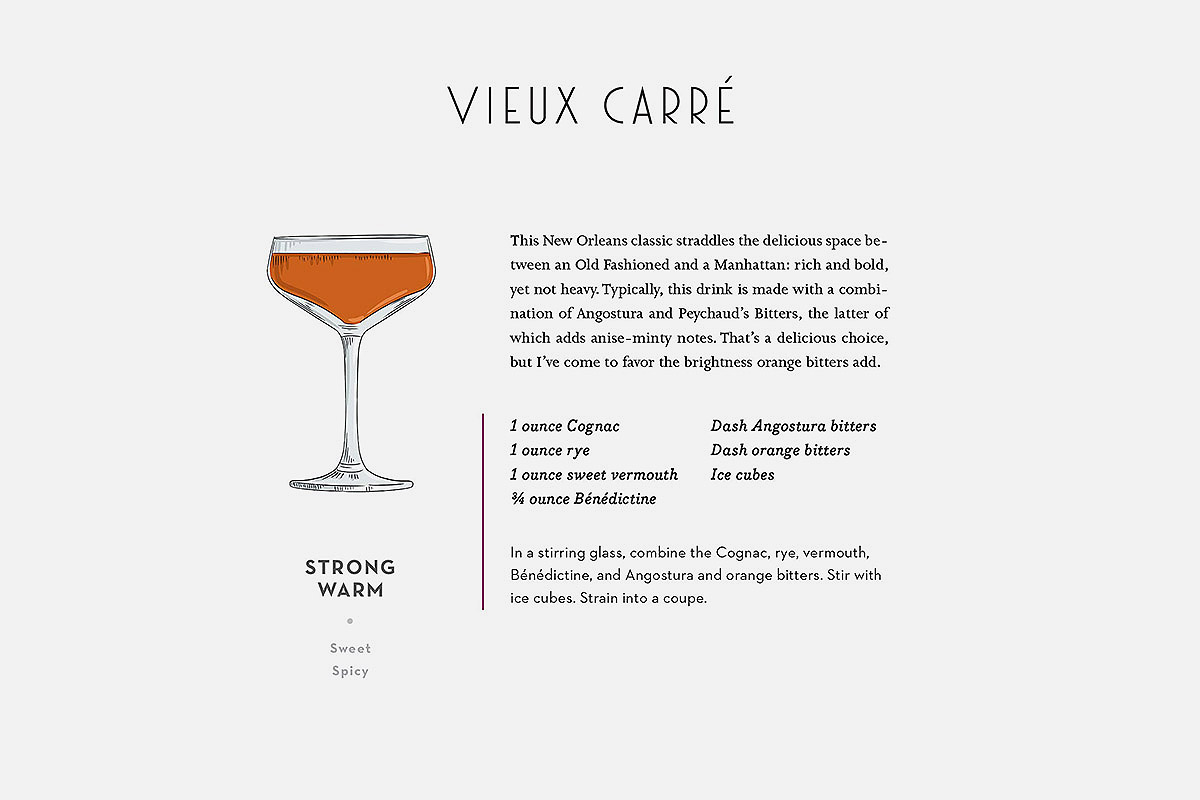
What’s a great drink for winter?
I have to go with my daily drinker, especially this time of year – the Vieux Carré. This is an amazing warmly-flavored cocktail that straddles the delicious line between an old fashioned and a Manhattan. It’s 1 ounce each of rye whiskey, sweet vermouth and Cognac, plus ¾ ounce Bénédictine and a dash each of Angostura and Peychaud’s bitters. The result is rich, complex and perfect for sipping after a holiday meal or a snowy evening. Or even a not-snowy evening.
We've put in the work researching, reviewing and rounding up all the shirts, jackets, shoes and accessories you'll need this season, whether it's for yourself or for gifting purposes. Sign up here for weekly style inspo direct to your inbox.
